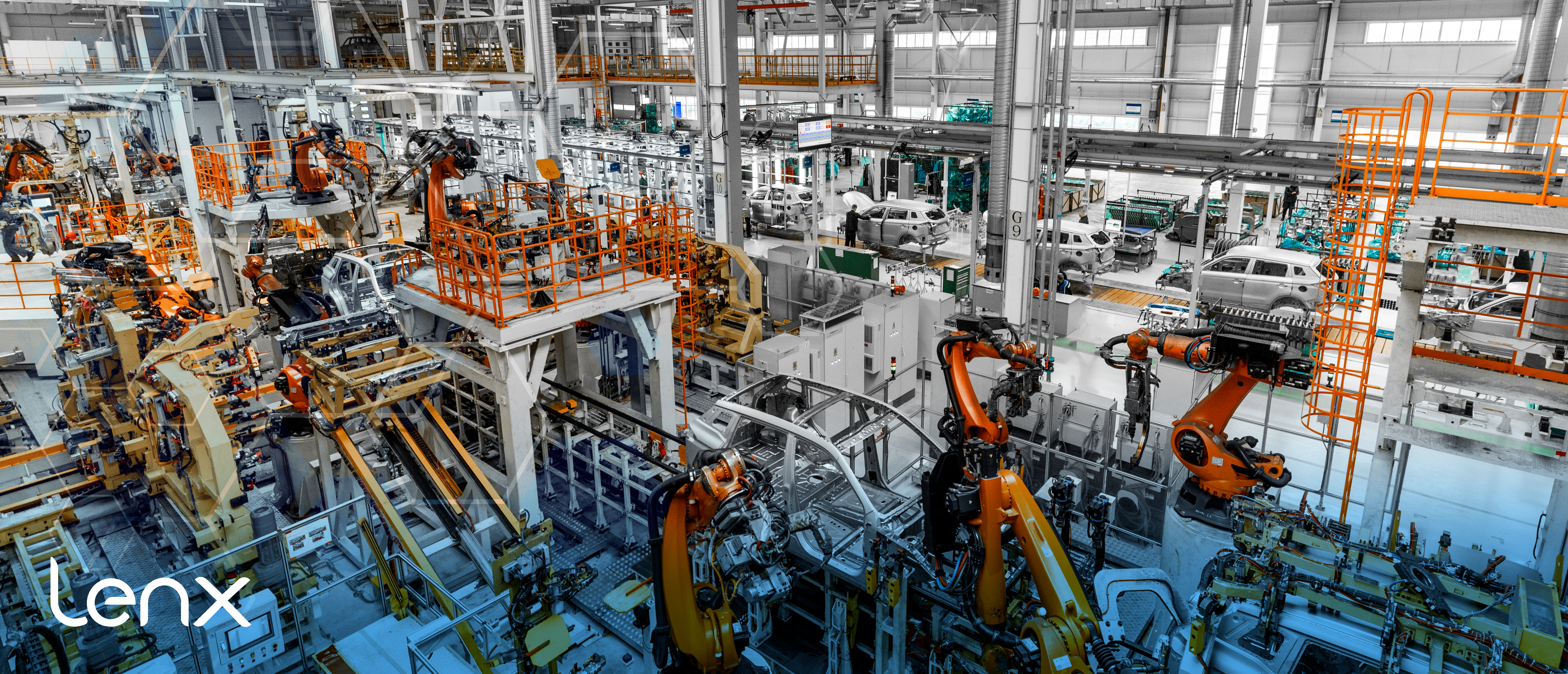
AI Security, Active Shooter Detection And Drones For Large Facility Protection
In the realm of security, the integration of artificial intelligence (AI) is revolutionizing how we protect large facilities.
From schools to airports, the need for advanced security measures is paramount. AI security, with its ability to analyze and respond to threats in real-time, is proving to be a game-changer.
Active shooter detection, AI-powered gun detectors, and drones are just a few examples of how AI is enhancing safety.
In this article, we delve into these technologies, exploring their workings, benefits, and their role in shaping a safer future.
Understanding AI Security in the Context of Large Facility Safety
AI Security is a rapidly evolving field. It combines the power of artificial intelligence with advanced security measures.
This technology is particularly beneficial for large facilities. These include schools, malls, airports, and corporate campuses.
AI Security systems can analyze vast amounts of data in real-time. This allows for quick identification and response to potential threats.
From active shooter detection to aerial surveillance, AI is transforming the way we approach safety and security.
The Rise of Active Shooter Incidents and the Need for Advanced Detection
Active shooter incidents are a growing concern worldwide. Large facilities are often targeted due to their high occupancy.
Traditional security measures are often inadequate in these situations. They lack the speed and precision needed to respond effectively.
AI Security offers a solution to this problem. It can detect potential threats in real-time, enhancing response times.
With AI, we can move from reactive to proactive security measures. This shift can save lives and prevent tragedies.
How AI Gun Detectors Enhance Response Times
AI-powered gun detectors are a game-changer in security. They can identify firearms in real-time, even in crowded spaces.
These detectors analyze visual inputs, recognizing the shape and size of guns. This allows for immediate threat detection.
By enhancing response times, AI gun detectors can help neutralize threats before they escalate. This is crucial in active shooter situations.
The Mechanics of Active Shooter Detection Systems
Active shooter detection systems use AI to analyze visual inputs. They can detect guns, and identify fire and smoke.
These systems can then trigger alarms, lock doors, and alert law enforcement. This immediate response can save precious seconds during an incident.
By learning and adapting to new threats, these systems continually improve their detection capabilities. This makes them a vital part of any large facility's security measures.
Drones: The Aerial Advantage in Security Surveillance
Drones equipped with AI offer a unique advantage in security surveillance. They can patrol large areas, providing aerial views that are difficult to achieve with ground-based security.
These drones can identify potential threats and alert security personnel in real time. This allows for a quick response to any detected threats.
In addition, drones can operate in various lighting and weather conditions. This ensures reliable surveillance regardless of environmental factors.
Real-Time Threat Management with AI Security Apps
AI security apps are a crucial part of modern security systems. They provide real-time alerts and updates on security threats directly to users' smartphones.
This immediate access to information allows for quick decision-making and response, enhancing overall security.
The Role of AI in Improving Existing Security Camera Networks
AI can significantly enhance the functionality of existing security camera networks. By integrating AI gun detection systems, these cameras can identify firearms in real-time.
This integration allows for a more proactive approach to security, potentially preventing incidents before they occur.
Active Shooter Alarm Systems: Automated Lockdown and Law Enforcement Coordination
Active shooter alarm systems are a crucial part of AI security. These systems can automatically initiate lockdown procedures when a threat is detected.
Simultaneously, they can direct law enforcement to the shooter's location. This coordination can significantly reduce response times.
In essence, these systems are designed to minimize harm and maximize safety during critical incidents.
Conclusion: Embracing AI for a Safer Future
AI security, with its advanced detection and response capabilities, is revolutionizing facility protection. It offers a proactive approach to safety, minimizing risks and enhancing response times.
Embracing AI security is not just about adopting new technology. It's about creating a safer future for everyone within the facility.

